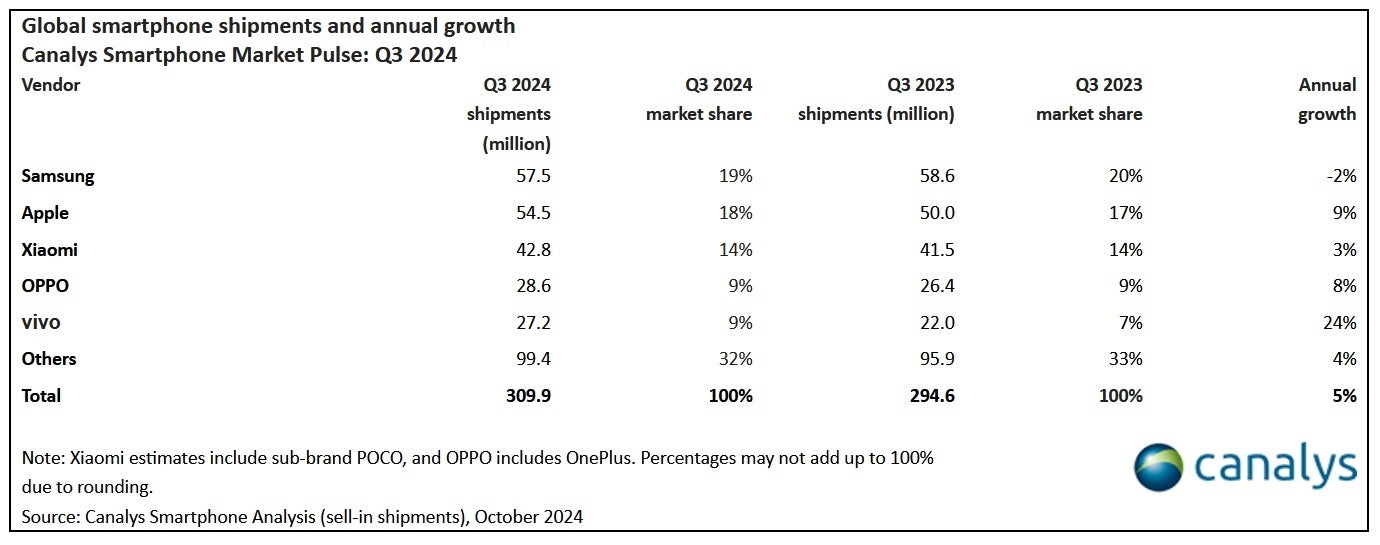When it comes to iconic cinematic moments, it’s no surprise that form and function combine to give audiences a dynamic and impactful experience. Whether this comes in the form of sleek, high-octane cars, fast-paced chase scenes with explosions, or even the main character’s style – there are simply some elements that influence the entertainment world over others. This is especially true for firearms and holster choices, as they are visually interesting, exciting, and instantly recognisable – and have strong cinematic appeal.
The most iconic movie firearms and holsters
One of the first cinematic forays into using firearms as a plot point was the Bond franchise. While the famous British spy started off using a variety of firearms, the 1956 novel Diamonds Are Forever depicted 007 carrying a Beretta 418. Firearms enthusiast and Bond fan Geoffrey Boothroyd contacted Ian Fleming over this ‘questionable’ selection and suggested the use of the Walther PPK instead. In just a few short years, this became the known carry for the suave character with a sleek shoulder holster.
Fast forward to 1971, and Clint Eastwood changed the movie firearm landscape forever with the Smith and Wesson model 29 and vertical shoulder holster combo in the movie Dirty Harry. Oozing rugged appeal when taking down the bad guys, carrying a gun had never looked cooler. Coupled with iconic lines that have proven to have timeless associations, movie directors really began to focus on the raw impact of the main characters.
In more recent years, John Wick has made the Sig p365 holster popular, using a war belt with a holster that has multiple magazine carriers for pistol and rifle use.
Probably the most standout firearm/holster combination that movie lovers and gun enthusiasts alike will talk about, however, is the Beretta 92. This double-action/single-action (DA/SA), hammer-fired semi-automatic pistol was first seen in Lethal Weapon as the sidearm of Mel Gibson’s Martin Riggs, but was immortalized in 1988 by Bruce Willis as John McClane in Die Hard. Worn with a large shoulder holster that inspired a whole new generation, it still holds favour in 2024.
Holsters and Concealment Reflecting Character
Their carry methods, holster placement and firearm concealment further differentiate iconic firearms-wielding characters across genres and eras. These choices subtly and literally set the stage for their persona before a word is uttered.
The Showy Nature of the Western Holster
Fitting the backdrop of lawless towns and duels, Western characters brandish polished and decorated holsters housing their prized revolvers. Positioned for a cross-draw at the hip for most heroes or thigh for villains, these holsters conveyed status and skill nearly as much as the pistols themselves.
Conclusion
Filmmaking continues benefiting from the human draw toward firearms as props and storytelling vehicles equally. Misunderstandings occur considering movies’ simplified violence without consequences insensitively. Still at their core, movies insightfully reflect firearms’ complex symbology and relationships with people across many cultures. The industry selectively spotlights examples positively and negatively contributing to attitudes and norms historically. Responsible works balance thrilling plots, legendary heroes facing conflict yet upholding ethical codes against violence. Overall the bonds between movies and firearms seems sure to thrive within legal and moral frameworks as more societies emphasize safety and justice.



